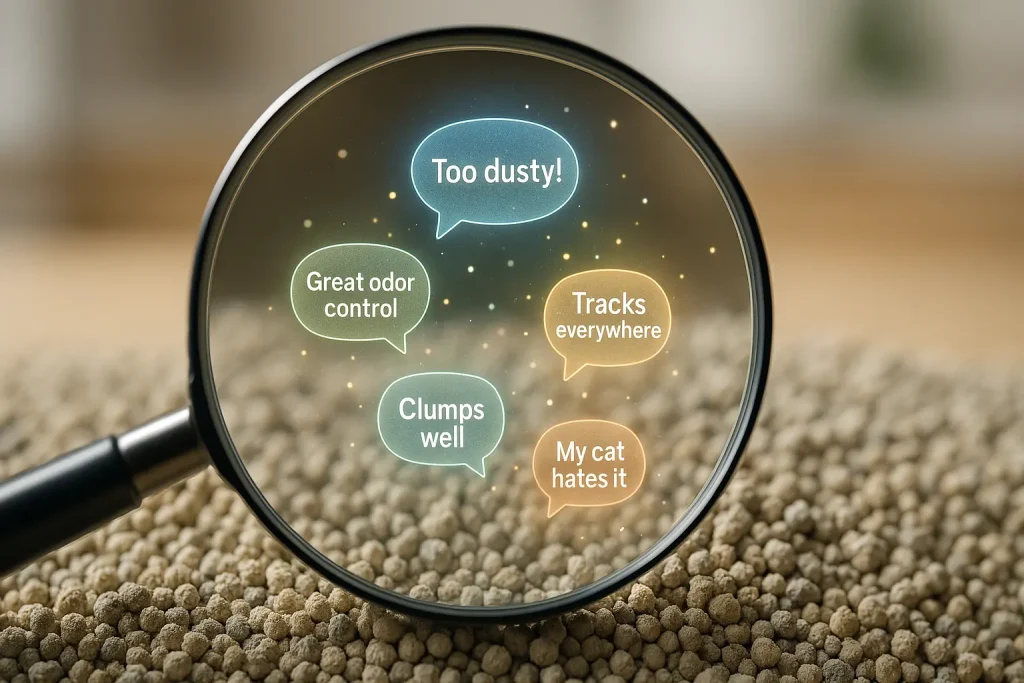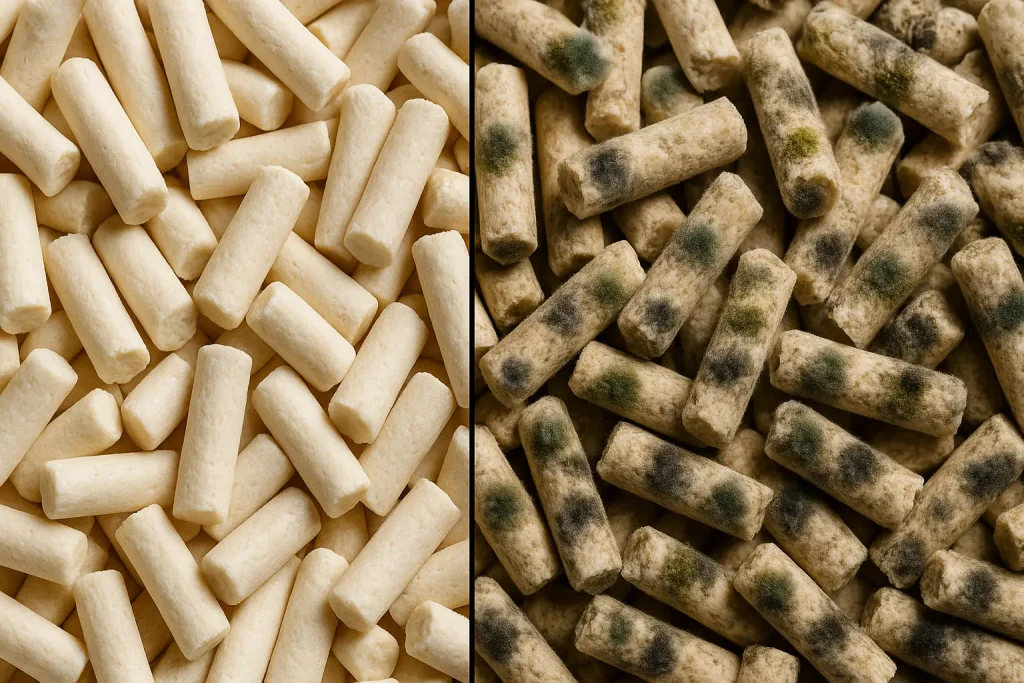The Silent Protest: When Your Cat Declares War on Their Litter Box

That sinking feeling. You spot another 'surprise' outside the litter box. Again. You have tried many different things. Your cat clearly filed a complaint with management. This scenario frustrates countless cat owners daily, a genuine challenge we understand.
Litter box aversion is a common, deeply frustrating issue. Your cat isn't being spiteful. Their actions are a silent protest, a clear communication of their discomfort or displeasure. Many cat parents have discovered that understanding the 'why' from the feline perspective is the first step. This means looking at their world, their preferences, their needs.
This page explores solutions through feline diplomacy. We delve into the collective wisdom of thousands of cat owners. Our analysis of their experiences uncovers why cats often reject their litter. It also reveals what truly works to win them back. This is about understanding, not forcing compliance.
Forget random guesses or outdated advice. Cat Litter Hub provides insights grounded in widespread user feedback. We synthesize these real-world experiences. This empowers you with practical knowledge. You can make informed choices to resolve those stressful litter box standoffs effectively.
Top Reasons Cats Snub Their Litter: What Thousands of Owners Report
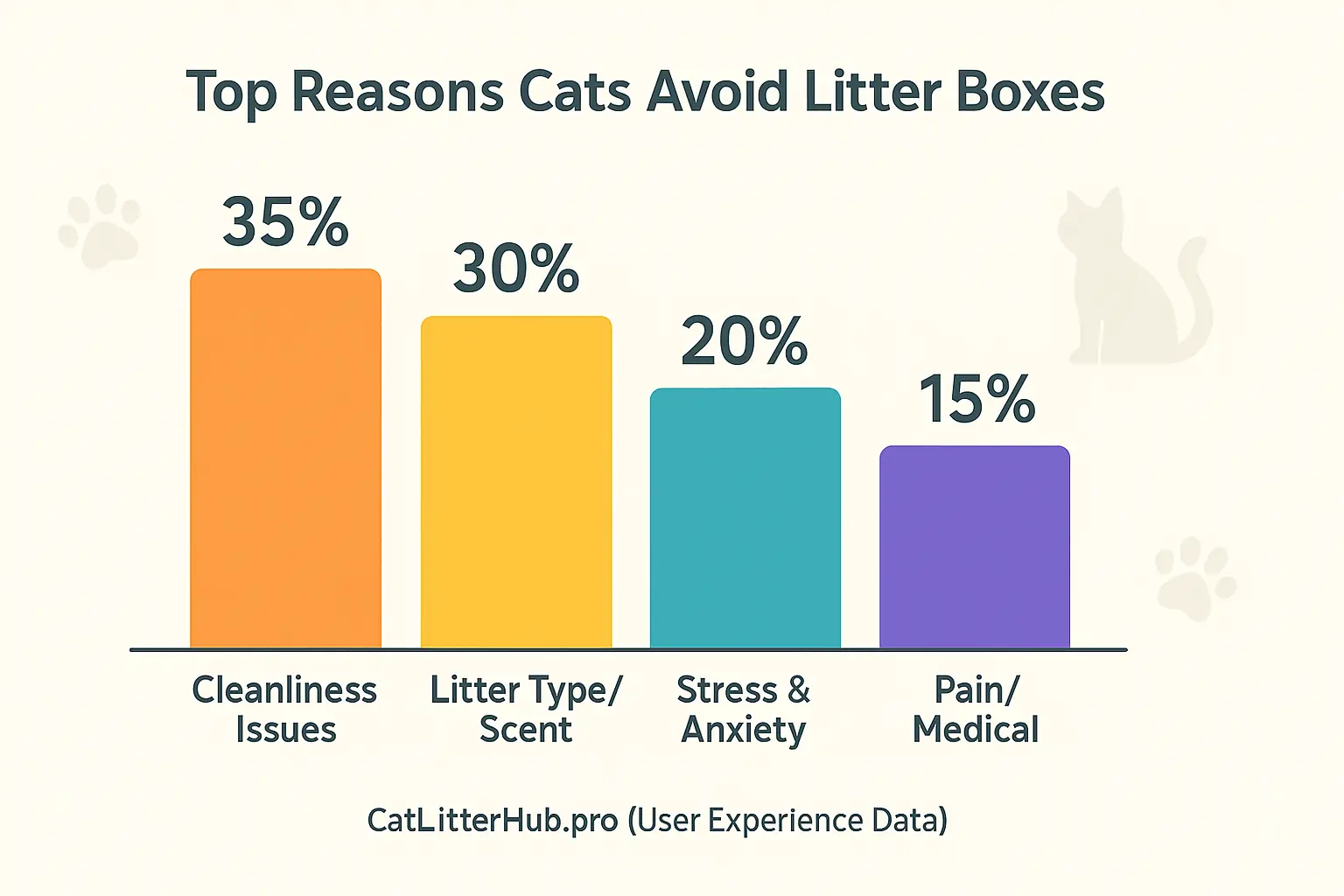
Cats snubbing litter boxes often communicate vital information. It is rarely deliberate malice. Thousands of user experiences reveal this underlying truth. Their avoidance patterns are clear signals of discomfort or unmet needs. Understanding these subtle cues is key. (You can learn more about decoding these feline communications.)
The absolute first step? A veterinary visit. This advice echoes through countless owner accounts. Hidden medical conditions frequently cause litter box aversion. Painful urination or arthritis can make cats associate the box with discomfort. Ruling out health problems with your vet is essential. This must precede any other troubleshooting.
Litter texture itself is a major offender for many felines. Owners frequently describe cats treating new, unfamiliar litter like a minefield. They step gingerly, then flee. The collective wisdom suggests some cats possess highly sensitive paws. They simply reject certain textures. Similarly, strong scents provoke many cats. An owner switches to a perfumed litter; the cat sniffs, then pointedly ignores the box. User data overwhelmingly supports unscented litters for sensitive noses.
A dirty litter box consistently tops user-reported reasons for avoidance. Picture this common scenario: a cat inspects a soiled box, then chooses the clean floor nearby. Cats instinctively desire clean toilet facilities. This factor is easily owner-controlled. Stress also profoundly impacts habits. Users often recount a previously perfectly litter-trained cat. Then, a new baby arrives. Or a move occurs. Suddenly, accidents start. The box area can become a source of their anxiety.
Interactive Quiz: Find a Potentially Purrfect Litter Match for Your Fussy Feline!
Picky Cat Litter Matcher
Your quiz results offer a solid starting point. These suggestions reflect widespread patterns in user experiences. Thousands of cat owners shared their litter observations. Our analysis synthesized these common feline preferences. This is community wisdom. Yet, every cat remains an individual. Profoundly so. One cat's preferred litter might not delight your feline friend.
Your direct investigation starts now. Observe your cat's reactions to any new litter choice. Do they enter the box readily? Do they dig with enthusiasm? Their behavior offers crucial feedback. Use the quiz insights as your guide during litter trials. Cat Litter Hub features in-depth articles. Explore specific litter materials. Compare different brands. The purrfect solution often requires patient observation.
User-Approved Litter Characteristics for Finicky Felines (What the Crowd Says Works)
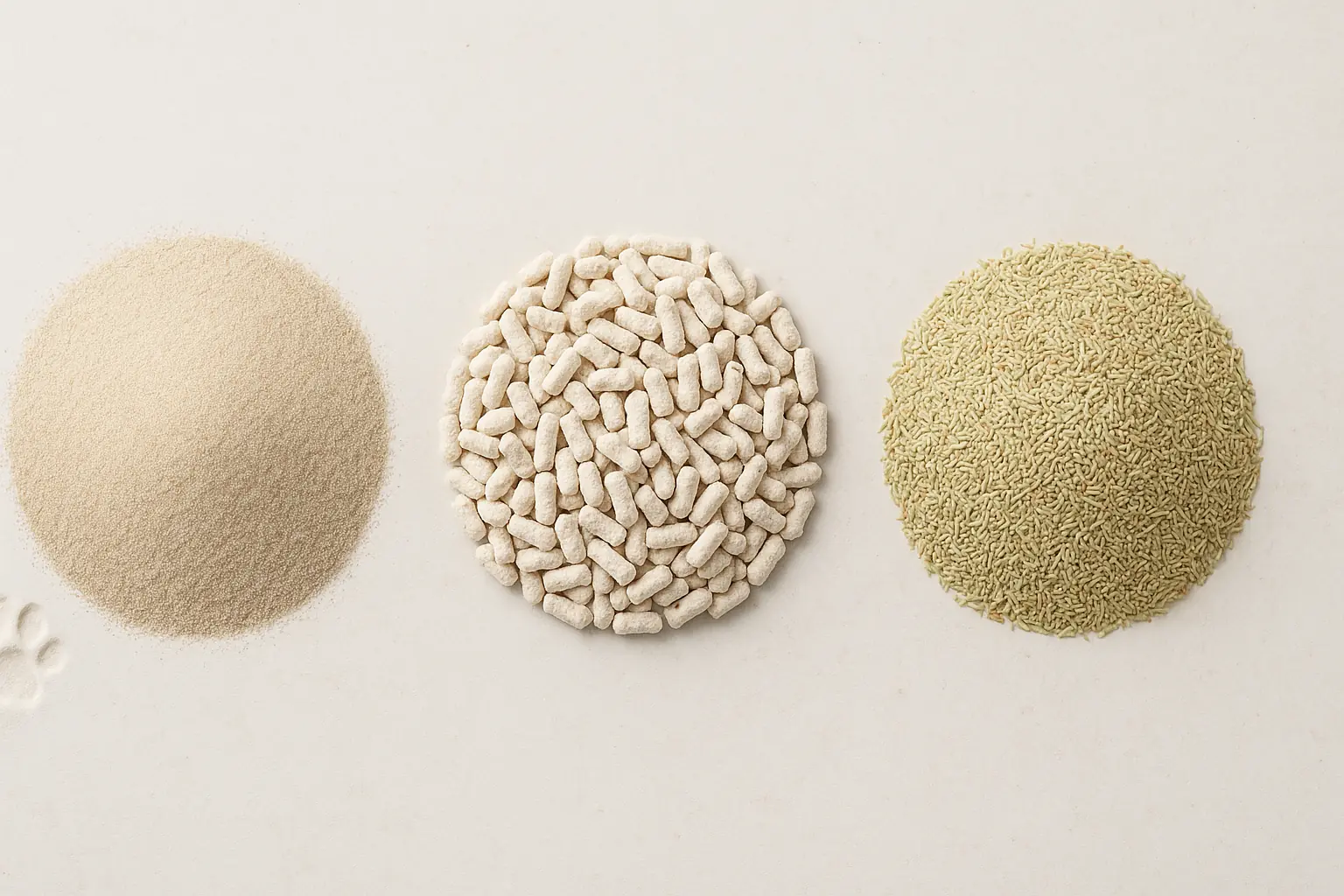
Picture this: the frustrating mystery ends. Your finicky cat finally, consistently, uses the litter box. Many owners share this exact moment of relief. They have cracked the code. Unscented litter often solves long-standing aversion issues. User experiences overwhelmingly point to unscented options as a top choice for sensitive feline noses. Cats possess an incredibly keen sense of smell. Perfumes, even subtle ones, can be a major turn-off. Our Cat Litter Hub analysis of countless owner experiences confirms this strong preference.
Texture also plays a huge role. What feels right under their paws? Many cats prefer a fine, soft consistency. This texture often mimics natural sand or soil. Owners frequently report success with finer-grained clay litters. The community feedback suggests these textures provide a more inviting potty spot. A comfortable feel encourages regular use. It’s a simple switch. Big results.
Beyond clay, some natural litters earn praise from the community. User experiences highlight specific types that finicky cats accept. Certain grass-based litters receive positive mentions for their soft, appealing texture. Some cats tolerate particular wood-based options well, especially those with minimal natural scent. The key, according to many cat parents, seems to be a gentle, natural aroma or no scent at all. Acceptance varies. Individual cat preference is paramount here. Careful observation by owners reveals what truly works for their unique feline.
Cleanliness is critical for picky felines. Good clumping litter helps maintain a pristine box. Users consistently link easy scooping to better cat acceptance. Solid clumps remove waste efficiently. This leaves the remaining litter cleaner, longer. A clean environment significantly reduces stress for particular cats. Many seasoned owners find this clumping feature non-negotiable for happy cats.
Feline Diplomacy 101: Gentle Litter Transition Tactics That Actually Work (UGC Secrets)
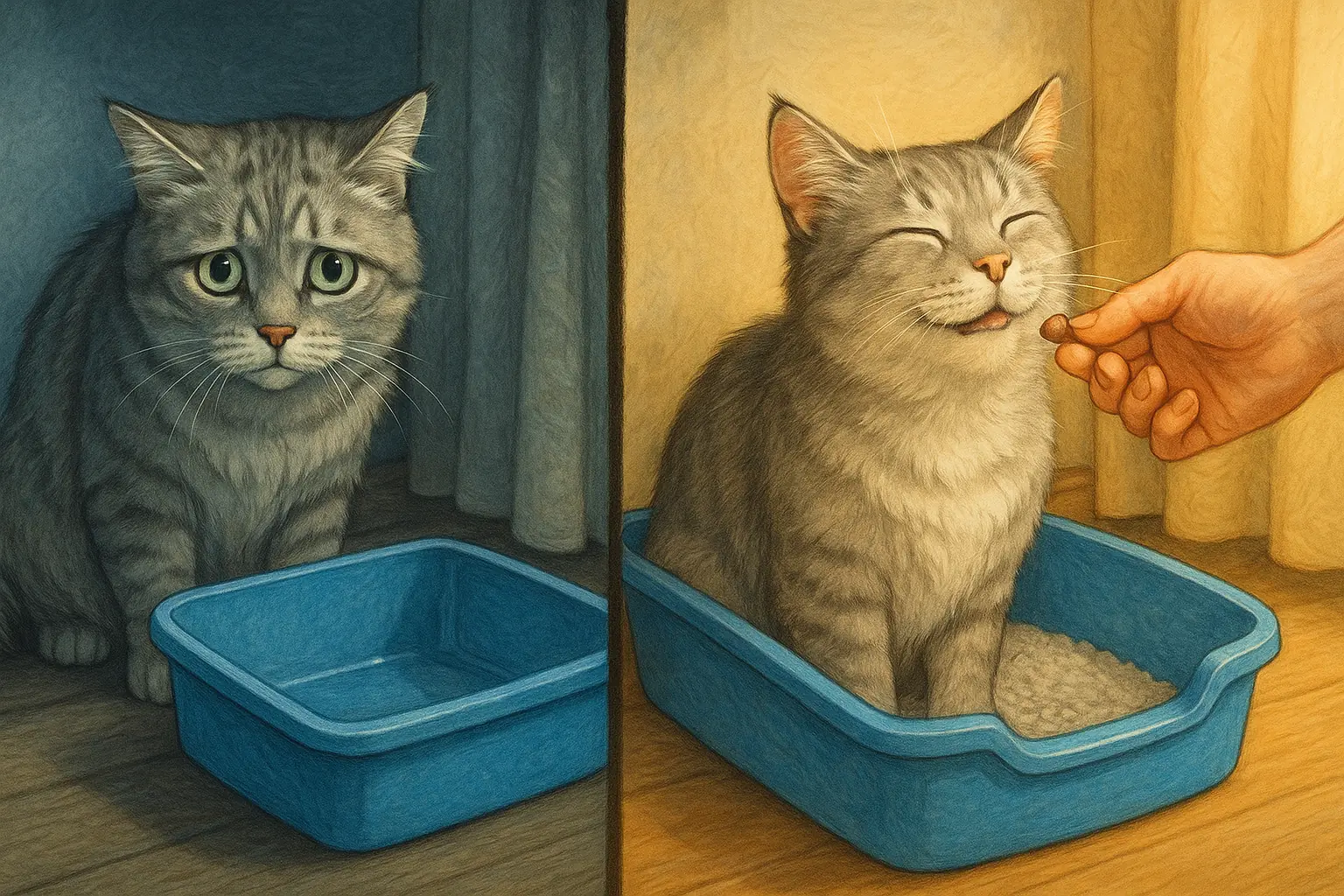
Many cat owners recount frustrating attempts at quick litter changes. One common story: "I switched it all at once. My cat protested outside the box for days." Yet, countless others share success: "We went super slow with mixing. Success! No accidents." This stark difference, frequently highlighted in user feedback, reveals a core truth. Gentle transitions are key for sensitive felines.
-
The Ultra-Gradual Blend Method: This tactic is a community favorite for a reason. Start by mixing just a small fraction of the new litter with the old. Think 1 part new to 3 parts old (25% new, 75% old). Some users, especially those with highly selective cats, report starting with even less, perhaps just a cupful of new litter mixed thoroughly into the existing litter. The collective wisdom suggests increasing the new litter amount very slowly, perhaps every few days, or even weekly for the most cautious cats. One owner mentioned, "I added about 10% more new litter every three days. My finicky girl accepted it without any drama." Another popular approach involves layering: place a thin layer of new litter at the bottom, then top it with the familiar old litter, gradually reversing the proportions as you scoop and replace. This allows your cat to acclimate to the scent and texture changes at their own pace. Watch your cat closely. Their comfort dictates the speed.
-
The Litter Buffet Strategy: Do you have a particularly opinionated cat? Many seasoned owners recommend offering a choice. Place a second, identical litter box right next to the current one. Fill this new box entirely with the new litter. Keep the old box filled with the familiar litter. This setup empowers your cat. They can investigate the new option without pressure. Users find cats often naturally gravitate to the preferred litter over time. Once your cat consistently uses the new litter box for several days, you can typically remove the old one. This method, many report, significantly reduces transition-related stress by giving your cat control.
-
Positive Reinforcement Protocol: Make the new litter experience rewarding. Cat owners frequently share the success of associating the new litter with positive things. When you see your cat calmly investigating or using the box with the new litter (even partially new), offer praise. A gentle word. A favorite treat placed near (not in) the box after a successful visit can work wonders. The goal, as emphasized in numerous user accounts, is to build pleasant associations. Avoid any negativity around the litter box. This helps your cat feel secure during the change.
-
Maintain Impeccable Box Hygiene: This point cannot be stressed enough, especially during a transition. User experiences overwhelmingly show that an ultra-clean litter box is more inviting. Scoop waste frequently, at least twice daily. A soiled box can amplify any hesitation your cat might feel towards a new litter. Some owners even do a full litter change (with the current mixed ratio) more often during this period. A pristine environment encourages acceptance. It removes one potential objection from your cat's list.
Think of this process as feline diplomacy. Your cat isn't being difficult; they're communicating preferences. These user-verified strategies, born from thousands of shared experiences, are your diplomatic tools. Patience and keen observation, as many owners will attest, are your most valuable assets in successfully navigating this change. Listen to your cat. Adjust your approach. Success often lies in understanding their subtle cues.




